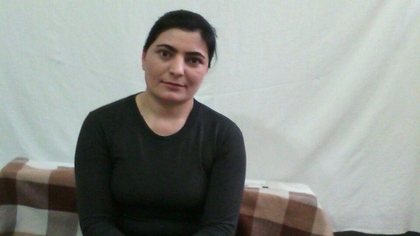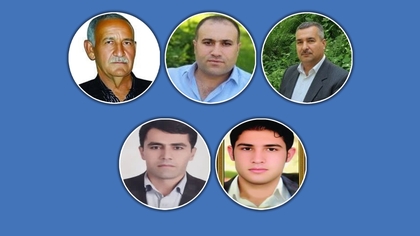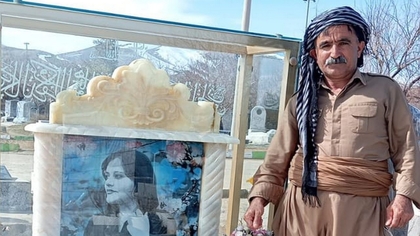Massive Fire on Mount Abidar in Sanandaj: Five Civil and Environmental Activists Suffer Severe Burns

On July 24, 2025, a large-scale fire on Mount Abidar in Sanandaj resulted in five civil and environmental activists sustaining severe burn injuries. They were transferred to Kosar Hospital in Sanandaj for medical treatment. Several others were treated for smoke inhalation and minor injuries.
The fire, which broke out at approximately 1:30 p.m. on Thursday, was ultimately contained through the sustained efforts of local residents and environmental activists, while government emergency units only participated in transferring the injured to hospitals.
According to a source who spoke to Kurdpa, the blaze engulfed large sections of Mount Abidar, including the area behind Park-e Koodak (“Children’s Park”) and the surrounding neighborhoods of Zagros and Hasanabad. Despite official claims that “five firefighting teams with full equipment” had been dispatched, local sources reported that the firefighting and containment efforts were conducted almost entirely by community members and activists, with government forces present solely to evacuate the injured.
The source added that during the containment efforts, five civil and environmental activists were injured by the flames. The conditions of two, Mohsen Hosseini-Panahi and Hamid Moradi, are reported as critical, and they have been transferred to intensive care. The other injured activists have been identified as Khabat Amini, Chiako Yousefi-Nejad, and Seyed Mostafa Hajir. In addition, several other volunteers suffered respiratory complications and minor burns due to smoke inhalation.
The cause of the fire remains unknown. Widespread wildfires in the pastures and forests of Kurdistan have become an annual occurrence, but the lack of government planning and equipment has forced local residents and environmental activists to respond each year with extremely limited resources. These conditions have led to the deaths of dozens of environmental activists in recent years and cause injuries to many more annually.
This incident highlights once again the inefficiency of official state institutions in responding to such crises and the decisive role played by local communities and activists in mitigating their impact.



